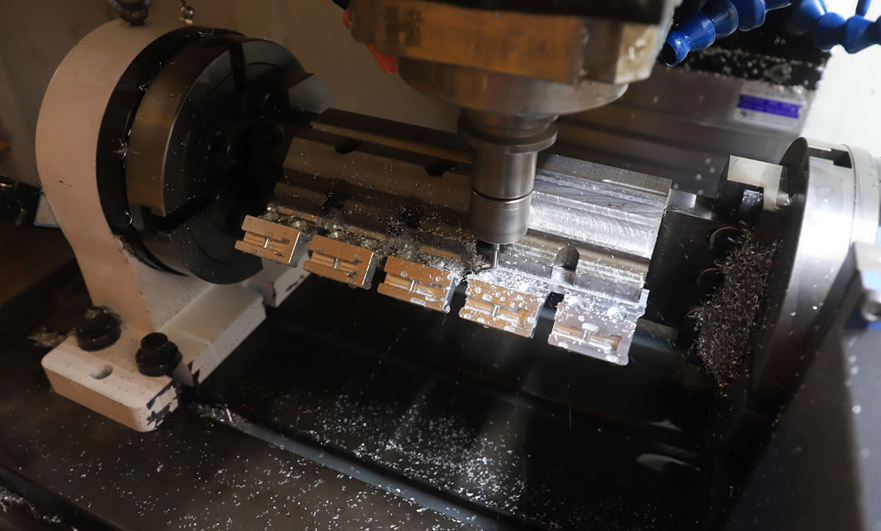15 years one-stop China custom CNC machining parts factory

Hey there I’m VMT Sam!
With 25 years of CNC machining experience we are committed to helping clients overcome 10000 complex part-processing challenges all to contribute to a better life through intelligent manufacturing. Contact us now
 156 |
Published by VMT at Jul 25 2022
156 |
Published by VMT at Jul 25 2022
CNC prototype has high machining accuracy, can accurately control product quality, and has high production efficiency. It is a CNC prototyping method commonly used by many large CNC prototyping machining factories. However, there are still differences in the machining accuracy of CNC prototypes. The reasons for this can be analyzed from the following aspects.

1. Dimensional Accuracy
Refers to the degree of conformity between the actual size of the CNC prototype machining part and the center of the tolerance zone of the part size. Dimensional accuracy is controlled by dimensional tolerances. Dimensional tolerance is the allowable variation in part size during machining. In the case of the same basic size, the smaller the dimensional tolerance, the higher the dimensional accuracy.
2. Shape Accuracy
Refers to the degree of conformity between the actual geometry of the surface of the CNC prototype machined part and the ideal geometry. There are six items for evaluating shape accuracy, including straightness, flatness, roundness, cylindricity, and line profile. The shape accuracy is controlled by the shape tolerance. The shape tolerances are divided into 12 precision levels except for roundness and cylindricity, which are divided into 13 precision levels. Level 1 is the highest and Level 12 is the lowest.
3. Position Accuracy
Refers to the actual positional accuracy difference between the relevant surfaces of CNC prototype machining parts. There are eight items for evaluating position accuracy, including parallelism, perpendicularity, inclination, coaxiality, symmetry, position, circular runout and full runout. The position accuracy is controlled by the position tolerance, and the position tolerance of each item is also divided into 12 accuracy levels.
4. Knives
The knives used in CNC prototype processing machines are generally tungsten steel knives. Generally, after using this knife several times, the knives will wear out, so there are also errors in the knives.
5. Manual Tool Setting
If there is a tool setting instrument, there will be no problem in tool setting. However, in order to save costs, many small CNC prototyping factories will choose no tool setting instrument when choosing a machine, and only manual tool setting, so there are tolerances in personnel. In order to ensure the accuracy of the CNC prototype processing model, installing a tool setter on the CNC prototype processing equipment can not only accurately set the tool, but also greatly improve the work efficiency.
The above are the 5 aspects that affect the machining accuracy of CNC prototypes. The influence of various aspects will lead to differences in the accuracy of the final CNC prototype machining model. Therefore, we must start with the machining accuracy of each aspect to produce CNC prototype machining that can achieve the best results. Model.
Ready To Start Your Next Project?
Get Instant Quote

Request a Free Quote
Send us a message if you have any questions or request a quote. We will get back to you ASAP!